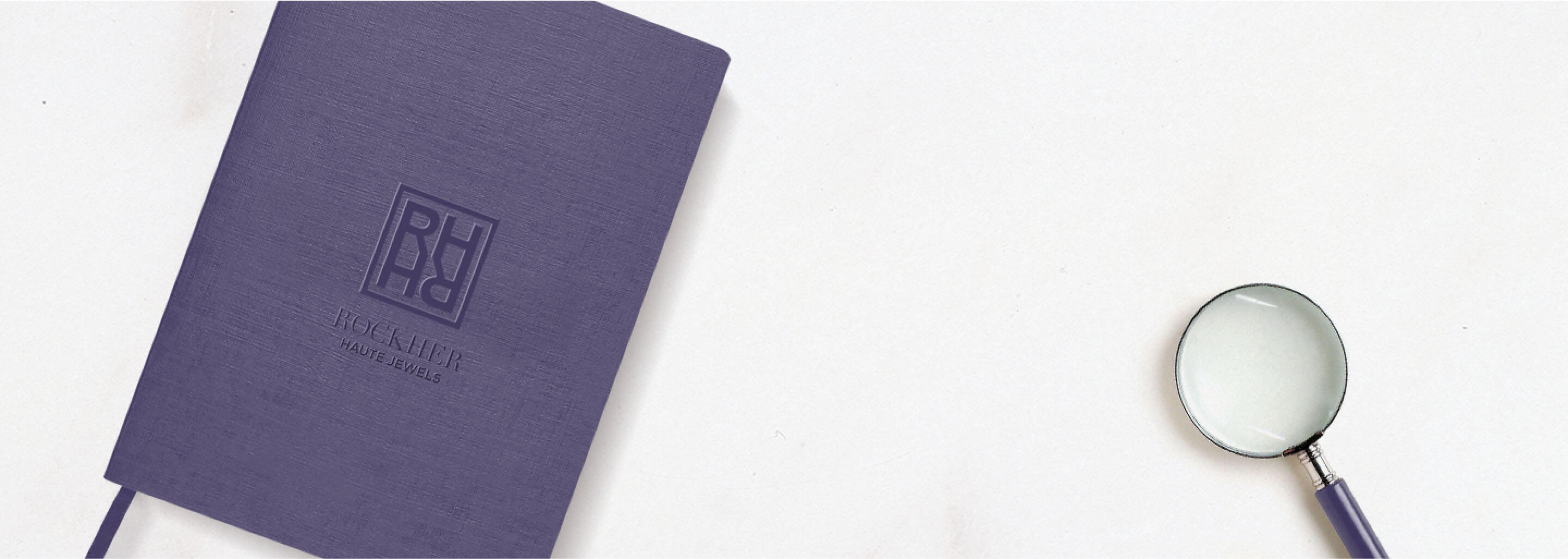If you want a classic colorless white diamond, you probably are shopping in the near-colorless section of the standard D-to-Z diamond color grading scale. Near colorless diamonds have color grades of G, H, I and J.
The diamond color scale starts at D for completely colorless diamonds, and continues through the alphabet to Z for diamonds that are light yellow or brown. (Fancy colored diamonds, which have more noticeable color than Z diamonds, have their own separate grading scale that describes hue as well as color intensity.)
Most diamonds have a faint yellow tint thanks to nitrogen atoms in their atomic structure that absorb blue, leaving a slightly yellowish body color. These are known as the “Cape series” diamonds. The “near colorless” grades, have color that is more visible to the trained eye thanks to more nitrogen.
Even though they are both considered “near colorless,” there’s a big difference in price between G-color diamonds and J-color diamonds. That’s because G is a lot nearer to colorless than J is. For most people, H is the best balance between beauty and value.
There are many beautiful J-color diamonds too. But we can’t recommend J color diamonds without reservations because they do have a noticeable tint of color. And sometimes that color isn’t yellow but brown or gray, which can make a J-color diamond look a bit dark.
For most near-colorless diamonds, the color is very subtle, best viewed with the diamond upside down or from the side next to diamonds with higher or lower grades. This is how professionals grade diamonds, by comparing them to a set of master stones in a controlled viewing environment.
However, we think you will be able to see the tint of color in a J-color diamond in the face-up position. You’ll also see it in a white gold engagement ring.
When is a J-color diamond a good idea? If your budget is limited, J can be an good option, especially if you are setting your diamond in yellow gold or rose gold. Your diamond will look whiter in contrast to the warm tone of those metals.
If you want a white gold setting, you might consider colored gemstones or fancy colored diamond side stones. Adding color to your ring will make the faint body color of a J-color diamond much less noticeable. You can also specify J color diamond for your accent diamonds.
Definitely choose a diamond with an excellent cut: brilliance, sparkle and dispersion are what make a diamond beautiful, not body color. People wear diamonds because of the beautiful way they handle light.
Honestly your friends and family will probably pay much more attention to how big your engagement ring is than the color grade. No one will ask to see your GIA grading report. If your diamond is beautiful, that’s what really matters.
If your budget is limited, it’s much better to invest in an excellent diamond cut that will give your diamond brilliance and scintillation than to buy a diamond that isn’t well cut but has a better color grade. It’s an especially good compromise if you are planning to set your diamond in yellow or rose gold.
